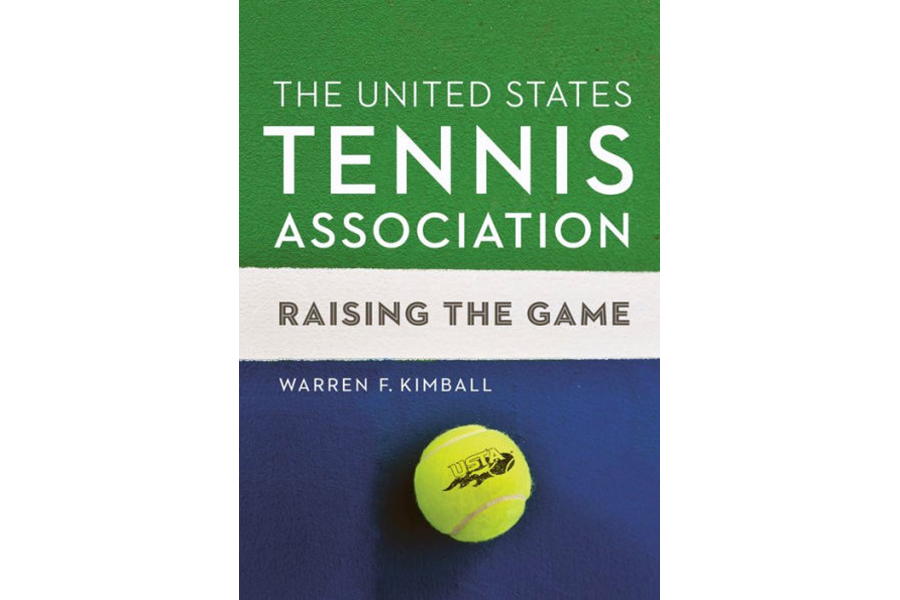When a book comes with a 21-page index, you can be sure it’s no ordinary sports book. In this case, the extensive index is a tipoff to the depth of research and facts that have gone into chronicling the history of the largely volunteer governing body of tennis in the United States. The author, Warren F. Kimball, is professor emeritus of history at Rutgers University and a former board member of the United States Tennis Association, which manages and governs the sport from the local level to the US Open tournament in New York. During the late 1960s, the Open pioneered in inviting professionals to play in previously amateur Grand Slam tournaments.
Here’s an excerpt from The United States Tennis Association:
“The ‘lawn’ in ‘lawn tennis,’ with its elitist connection to private clubs, particularly in the Northeast, needed to go. Unlike the discussion in 1920 about dropping ‘National’ from the Association’s name, ‘mowing the lawn’ came without serious argument or objection – though it had been suggested a number of times in the past. The Middle States delegate, Dick Botsch, pointed out at the 1975 annual meeting that half of the sections did not have a ‘lawn’ in their name. More important, the Association represented only an ‘embarrassing one quarter of one percent of all tennis players in this country,’ a reference to the dramatic growth of the game was experiencing in the 1970s. Botsch reminded the delegates that, oddly the word ‘lawn’ defined the specifics of the rules, not the surface, then argued that the name change would improve the Association’s image, which had inherited from its origins at ‘exclusive eastern country clubs.’ That would make membership more attractive to new players. On March 28, 1975, the official name of the Association changed to the United States Tennis Association – the USTA.”







